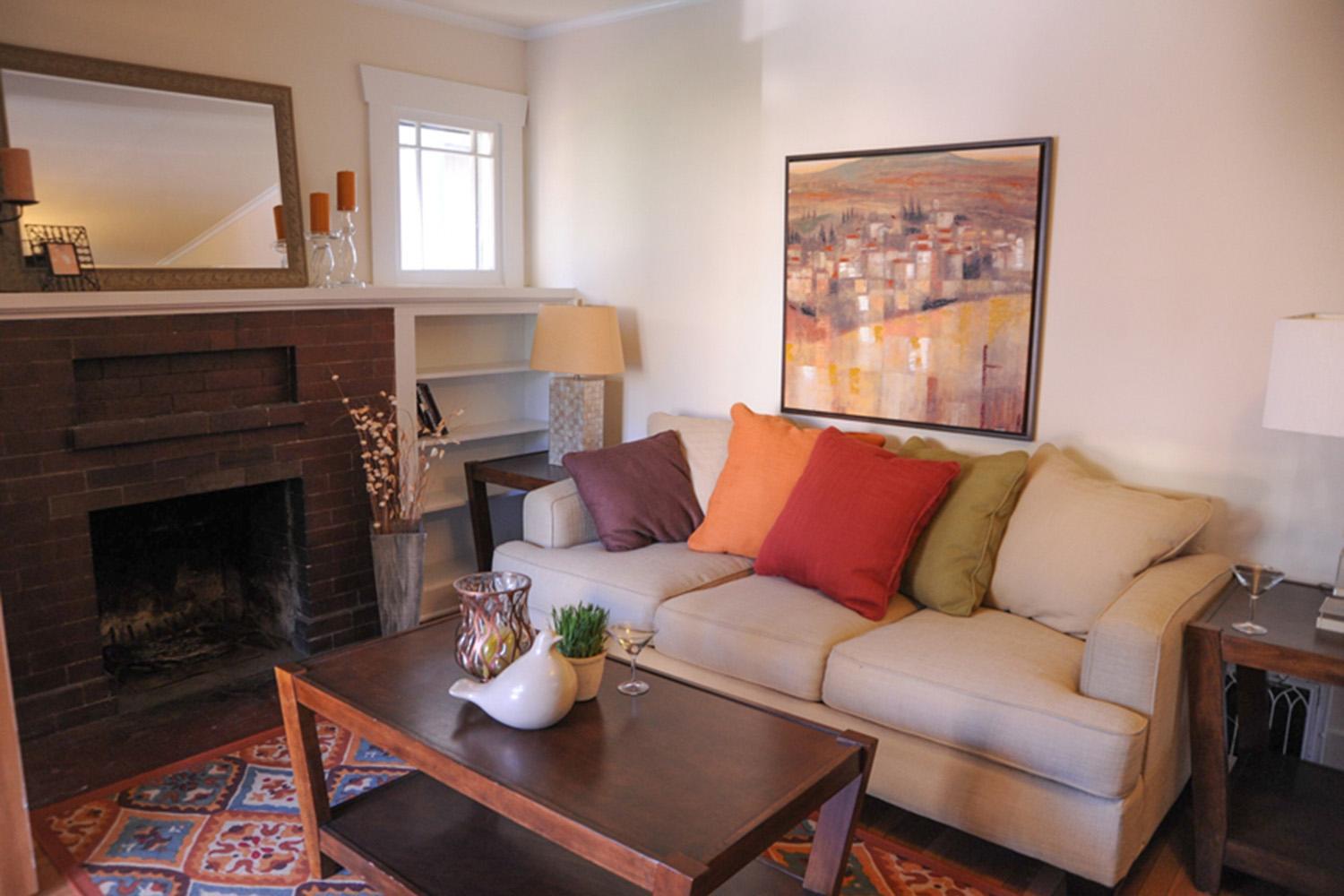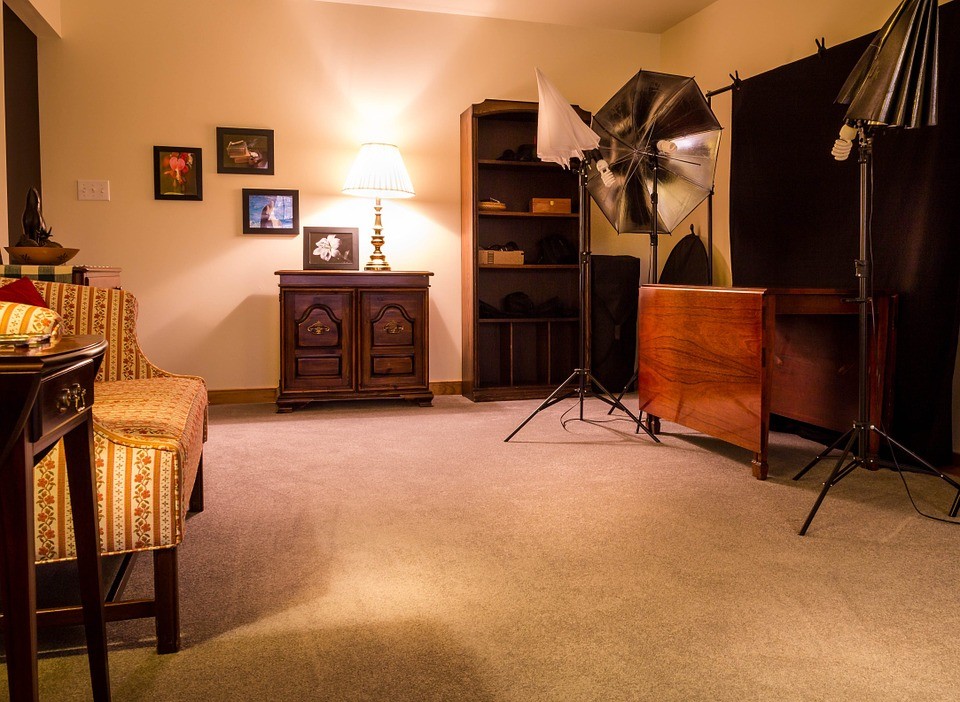A best product photograph need to use many different elements and natural lighting is one of essential factors to create the success of product photograph. If you love photograph and are photographer, have you ever used natural light for your photograph?. Below is some useful tips what help you learn how to use natural light for better real estate photography.
You see, interior photography is a skill. It’s as much science as it is artistic. Both sides need to be studied, practiced and mastered if you’re to succeed in this saturated and competitive field of photography.
The following will give you a basic understanding of equipment needs, how to manage contrast and mixed lighting in a room.
#1: Using sunlight on the exterior
A sunny day is the best canvas for your exterior shots. As you know, the light changes from hour to hour and day to day. To create natural lighting for your own photos, you should shoot your photos at the brightest time of day. You can work in late morning and early afternoon. The times of beautiful sunlight and these gives sufficient lighting near windows or in the shade. In general, morning light is bright and has less color, while afternoon and evening light often has a warm undertone and brings out greater contrast in your images.

So, let’s try to schedule your shoot during a time of day when the sun will be shining on the front of the house. The light pours over surfaces, metal fixtures gleam, wood detail shines, and the edges of furniture upholstery glows. Especially, natural shadows produced by different objects convey a sense of depth.
#2: Select camera position within a room
Choosing the camera angle is a important parts when you take the product photos with natural light. When photographing with window light at low ISOs your exposure can be upwards of several seconds, depending on your aperture. For the natural light photographer, finding that spot depends on two things: available space, and window brightness.
Most importantly, you need to pick a space you can physically occupy. For smaller houses and rooms, quite often your only choice is the doorway, as it is likely to be the only spot where you can fit behind the tripod. Capturing three walls in your shot will give the viewer a better idea of the size and space of the room.
Pick a spot in which extremely bright windows are angled more than 45 degrees away from center of your lens’ field of view. In addition, you should use ISO 100 to keep the noise levels down.
#3: Choose the appropriate Angle
First, to capture and shoot the natural light for real estate photography, you should choose the appropriate angle where have much light in a room. Let’s set up objects near window. Then, taking a photo with your camera set to expose for the room you’re in will leave the windows over-exposed as a mass of over-powering white light. High-end interior photography involves balancing the light coming through the windows with the light inside the room. Doing this correctly enables you to see the view outside the windows.
Don’t forget that you can weaken the light source by covering the window with a thin, solid curtain or various types of paper.
#4: Mixed lighting inside
One of the difficulties of working with natural light, is dealing with mixed lighting situations. You can choose to leave interior lights off, resulting in a single daylight color temperature throughout the image. However, if light is too weak, not enough to shoot the reality image, this is a problem for photographers.
If the room isn’t bathed in sunlight, or contains light fixtures like pendants or chandeliers that should be on display, make sure to turn them on. Mixed lighting in real estate photographer will help them become warmer looking spaces.

Natural light is one of the important elements that help photographer make beautiful real estate photography. Here are 4 basic tips for better interior photos by using natural light. We hope that you will find it interesting. Do you have other methods for better real estate photography by using photography?. Please share your experiences in the comment below.
Thanks for watching!.



